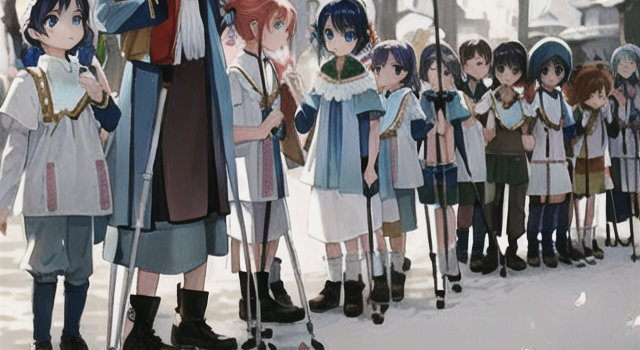
Polio, or poliomyelitis, is a viral disease that has had a profound impact on public health. It has caused paralysis and even death in millions of people around the world. While polio is now largely under control thanks to the development of vaccines, the legacy of the disease continues to shape public health policies and initiatives today.
Iron Lungs and the Early Days of Polio
During the early days of the polio epidemic in the 20th century, many people with severe cases of the disease were left with weakened or paralyzed respiratory muscles, making it difficult or impossible for them to breathe on their own. To help these patients breathe, the iron lung was invented. This large, cylindrical machine used negative pressure to force air in and out of the lungs, helping patients breathe. While the iron lung was lifesaving for many polio patients, it also served as a stark reminder of the devastating impact of the disease.
The Development of Polio Vaccines
In the mid-20th century, the development of polio vaccines marked a major turning point in the fight against the disease. The first successful vaccine was developed by Jonas Salk in 1955. This vaccine used inactivated poliovirus to stimulate the immune system and protect against the disease. Later, an oral vaccine developed by Albert Sabin used weakened forms of the virus to provide immunity.
Thanks to these vaccines, the incidence of polio has decreased dramatically in many parts of the world. In fact, the WHO is leading a global initiative to eradicate polio entirely.
Polio’s Legacy on Public Health
The legacy of polio on public health extends far beyond the development of vaccines. The fight against polio spurred the creation of national and international public health organizations, such as the Centers for Disease Control and Prevention (CDC) in the United States and the WHO. These organizations were established to help prevent and control infectious diseases like polio, and have played a crucial role in shaping public health policies and initiatives around the world.
The fight against polio has also paved the way for other public health campaigns. For example, the global eradication of smallpox in the 1970s and the ongoing efforts to eradicate measles and rubella are based on the same principles and strategies as the polio eradication campaign.
In addition, the development of the polio vaccines has had a profound impact on vaccine research and development. The techniques used to develop the polio vaccines have been applied to the development of vaccines for other diseases, including hepatitis A and B, meningitis, and human papillomavirus (HPV).
Conclusion
Polio has had a significant impact on public health, both in terms of the devastation it caused and the advances it spurred in medical research and public health initiatives. While the disease is largely under control, efforts to eradicate polio entirely continue, with the hope that the lessons learned in the fight against polio can be applied to other public health campaigns in the future.










